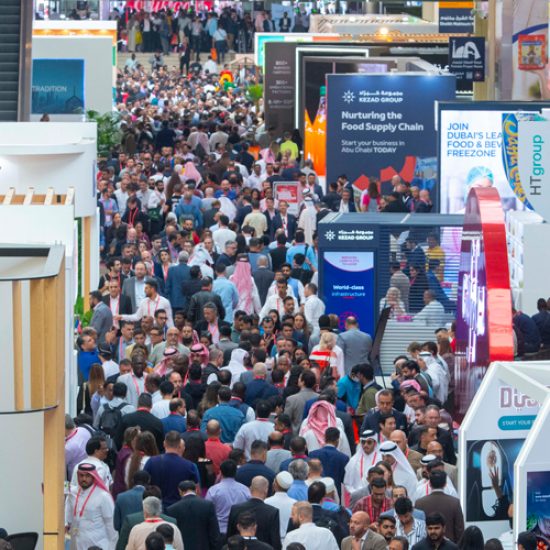| KABUL
KABUL Eight days after the U.S. military dropped its largest ever conventional bomb on suspected Islamic State fighters in eastern Afghanistan, Taliban militants breached an army base in the north of the country and killed scores of local soldiers.
To Afghan and other critics of President Donald Trump’s apparent indecision over how to win a seemingly intractable war, Friday’s assault – the worse of its kind since the Taliban were ousted in 2001 – was evidence he was getting it wrong.
“The biggest threat to the security and stability of this country is the Taliban insurgents, not Daesh forces,” said Mirwais Yasini, an influential Afghan member of parliament from Nangarhar province, using an Arabic term for Islamic State.
“You drop your biggest bomb on Daesh, but what about the Taliban who kill dozens of our people every day?”
The American military command in Kabul did not respond to a request for comment, but in the wake of the base attack the top U.S. commander in Afghanistan, General John Nicholson, promised to “continue to stand” with Afghan security forces.
Nearly 9,000 U.S. troops remain in Afghanistan, some 7,000 of them to train and assist local forces that Washington has spent billions of dollars to build virtually from scratch in the hope of one day handing over control completely.
While the advisers are seldom involved in direct combat with the Taliban or other militants, a smaller counter-terrorism unit of about 1,500 soldiers does engage insurgents, but its main targets are pockets of al Qaeda and Islamic State fighters.
They are estimated to number in their hundreds, while the Taliban number thousands or tens of thousands and have gained swathes of territory in the last few years.
Islamic State has claimed several deadly bombings in Afghanistan and neighbouring Pakistan, but many experts believe the Taliban are the fundamental threat to the U.S.-backed government of President Ashraf Ghani.
Leaders in Washington and Kabul often had “almost diametrically” opposed views of the threat, said Christopher Kolenda, a former U.S. Army officer who served in Afghanistan and worked on American strategies for the conflict.
U.S. officials tended to focus on international groups like Islamic State and al Qaeda, while Afghan officials see Pakistan, and the Taliban as an extension of that, as the major threat, he added.
“With those differences, you can’t possibly have a coherent strategy.”
In the final years of former U.S. President Barack Obama’s administration, American troops in Afghanistan were discouraged from directly targeting the Taliban, amid hopes the group could be brought to the negotiating table for peace talks.
“The Obama administration was very much existing in a parallel universe where if you don’t call the Taliban terrorists then there’s a chance you can reconcile with them,” said Ioannis Koskinas, senior fellow with think-tank New America.
UNCERTAIN STRATEGY
Despite a surge of tens of thousands of U.S. soldiers that ended in 2012, some Afghan officials became impatient with what they saw as an American fixation on withdrawal, and since then, a lack of focus on ending the war.
They say the lack of attention has continued in the first months of the new Trump administration, which has yet to appoint an ambassador to Kabul and some of the supporting officials at the State Department.
“It’s very hard to have a coordinated policy and strategy when you don’t have positions filled,” Kolenda said. “From the Trump administration standpoint, Afghanistan is pretty far down the list of priorities.”
In Kabul, some Afghan leaders are angry at what they see as a failure by the Americans to act as strongly as possible against the Taliban, as well as Pakistan, which they accuse of harbouring and supporting insurgents as a hedge against Indian influence in the region.
Pakistan denies this and instead says it is itself a victim of terrorism, including from groups operating from within Afghanistan.
“The Taliban are the single biggest challenge in the country, but unfortunately since the regime’s collapse, the United States and the Afghan government have not had a clear strategy to eliminate them or push them to negotiation,” said Mohammad Farhad Sediqi, a member of parliament from Kabul.
“As you dropped the ‘Mother of All Bombs’ on Daesh, there should be one dropped on the Taliban sanctuaries and training grounds on the other side of the border in Pakistan.”
Some statements by incoming U.S. officials have hinted they may take a harder line on Pakistan, but the Trump administration has yet to outline clearly new strategies for the region.
LOST TERRITORY
Analysts say the recent U.S.-endorsed strategy of focusing on protecting major cities and other population centres in Afghanistan while consolidating forces will not be enough to bring the Taliban to the negotiating table.
With Afghan army units pulling back, and in some cases forced to abandon more scattered and rural bases, the government could only claim to control or influence 57 percent of the country, according to U.S. military estimates late last year.
Resurgent Taliban forces, meanwhile, control or contest 43 percent of the country, a 15 percent increase over the year before.
“In what universe does that not matter?” Koskinas said. “Territory means resources for them. You’re giving away all the smuggling routes and opium and all the things that are enriching the Taliban and fueling the insurgency.”
Retaking territory lost to the Taliban will be key to turning the tide, Koskinas said.
“At this point we almost don’t need to talk about safe havens in Pakistan, because they have safe havens in Afghanistan.”
(Writing by Josh Smith; Editing by Mike Collett-White)




